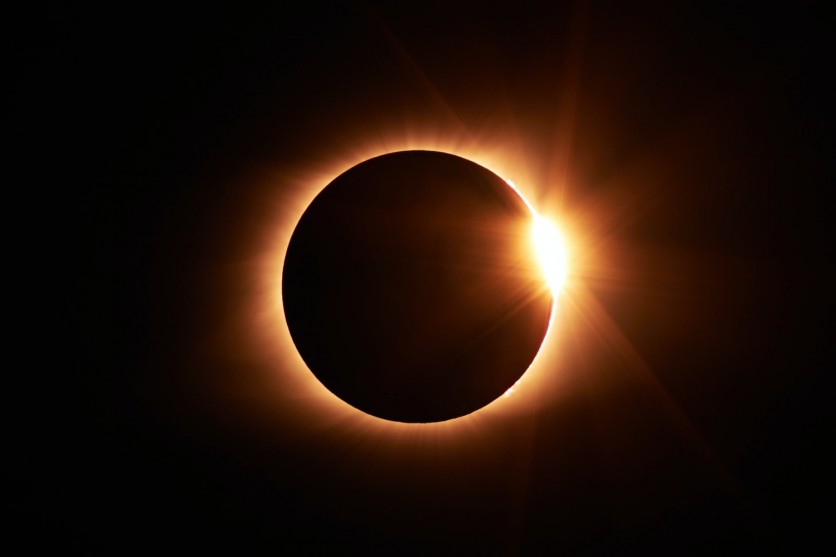NASA confirms that the first solar eclipse for this year will come on Thursday, June 10 in the morning. The space agency says that not all parts of the world could witness the fiery ring that shows the moon blocking the sun.
According to the team, you could only sky gaze at the "ring of fire" solar eclipse if you are from some parts of Canada, Northern Russia, and Greenland. By next week, the annular eclipse will be the next astronomical discovery for astronomy-savvy people.
Exact Schedule for the 'Ring of Fire' Solar Eclipse Schedule

The solar eclipse could only be limited to some viewers, but the partial solar eclipse (where the moon partially covers the Sun's disk) on the other parts of the world could be seen from other regions from the Northern Hemisphere. These places include portions of Canada, parts of Northern Alaska, Eastern United States, Asia, Caribbean, Europe, and northern Africa.
On the other hand, the solar eclipse involves an activity where the moon blocks nearly the whole light coming from the sun. Take note that during the annular eclipse, the distance of the moon from the Earth is far but it's enough to block some parts of the big star.
When the moon moves forward to the sun, the ring or the annulus would appear visible from the earth. These are the sun's outer edges during the process.
According to Livescience's report on Saturday, June 5, the duration of the annular solar eclipse will be nearly around 100 minutes. It would begin its journey in Ontario, Canada during sunrise.
The scenario will be brought northward en route to the actual eclipse in Greenland (6:41 a.m. EDT; 11:41 GMT) at around 8:41 AM local time. In the northern part of the country, you could see it at 10:41 UTC before it ends in northeastern Siberia during the sunset, EarthSky wrote.
Read Also: This Week To End With A Total Solar Eclipse
That's the time when the moon transitions to block 89% of the sun, and this is where the "ring of fire" phase happens. The event is said to end after three minutes and 51 seconds at each point on its journey.
In science, the penumbra, the shadow's lighter outer part, is the one that covers the sun. When the moon moves past the sun, the shadow will resemble a big bite of the food you eat.
For the US residents, the best time to stargaze for the "ring of fire" solar eclipse is before, during, and after the sunrise. However, NASA said that it would depend on your location and this would be more visible to those who reside from Northern, Midwest, Northeast, or Southeast Alaska.
In another report by Space.com, the maximum eclipse in New York will be staged at 5:32 AM EDT. For skywatchers in the UK and Ireland, you could potentially see 38% of the sun during the partial eclipse at around 11 AM local time.
How to Safely Watch the 'Ring of Fire' Solar Eclipse on June 10?
Stargazing an unusual solar eclipse set-up could be exciting but experts say that there are precautions for this astronomical watching. If you are completely unguarded in your eye during the viewing, the light could possibly damage your eyes. This is safe ONLY during the ENTIRE blocking of the moon to the sun in short moments.
Looking directly at the eclipse would harm your eyes, that's why you will need to wear eye protection like sunglasses. Specifically, what we recommend wearing for the users is the special eclipse glasses designed for solar eclipse viewing. You can make a homemade tool through the colander or spaghetti strainer.
If you want to virtually experience watching the "ring of fire" solar eclipse in your home, just go to the Virtual Telescope Project and start watching at around 5:30 AM EDT (9:30 UTC).
If you cannot watch the solar eclipse this week, there will be another set of viewing on Dec.4. However, the December total solar eclipse could only be visible from people living in Southern Africa (South Africa and Namibia) and Antarctica. They could also survey the partial solar eclipse during that time.
Related Article : Here's How To Witness The Total Solar Eclipse While Inside Your House
This article is owned by Tech Times
Written by Joseph Henry
ⓒ 2025 TECHTIMES.com All rights reserved. Do not reproduce without permission.




